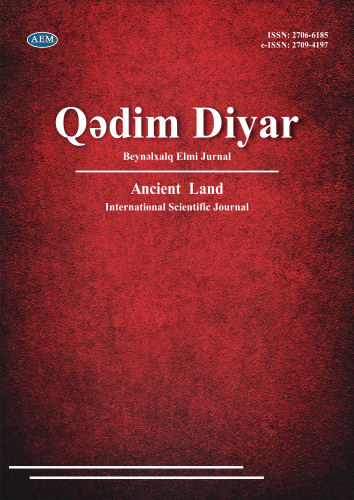DOI: https://doi.org/10.36719/2706-6185/23/21-27
Elmar Allahverdi
Azərbaycan Dövlət İqtisad Universiteti
doktorant
AZƏRBAYCAN VƏ KEÇMİŞ SOVET RESPUBLİKALARININ İCBARİ TİBBİ SIĞORTAYA KEÇİD PROBLEMLƏRİ
Xülasə
Sosial sığorta sisteminin təşkili, xüsusən də tibbi sığorta fondlarının fəaliyyəti iqtisadçı alimlərin daim diqqət mərkəzindədir. Müasir dövrdə cəmiyyətin inkişafı həyatın bütün sahələrində, o cümlədən tibbi sığorta sistemində iqtisadi, təşkilati və funksional dəyişikliklərlə xarakterizə olunur. Tibbi xidmətlər üçün sivil bazarın formalaşdırılması, onun resurslarından səmərəli istifadə hər bir insanın mənafeyinə toxunmaqla yanaşı, həm də, müəyyən dərəcədə xalqın sağlamlığının, əhalinin həyat səviyyəsinin və keyfiyyətinin göstəricilərini əvvəlcədən müəyyən edir. Əhalinin sağlamlığı ölkənin sosial, mədəni və iqtisadi inkişafının ən mühüm elementidir. Səhiyyənin modernləşdirilməsinin əsas məqsədi geniş əhali üçün tibbi xidmətin mövcudluğu və keyfiyyətinin yaxşılaşdırılmasıdır. İcbari tibbi sığorta sistemi bu gün bu problemin həllində əsas rol oynayır. Respublikada tətbiqinə başlanan yeni tibbi model də post-sovet ölkələrinə miras qalmış “Semaşko” modelindən keçidlə baş tutmaqdadır. Bu keçidlə yaşanan çətinliklər və digər keçmiş sovet respublikaları ilə müqayisəli təhlilinə əsaslanan araşdırma ilə məntiqi analogiyaları görmək mümkündür.
Açar sözlər: tibbi sığorta sistemləri, icbari tibbi sığorta, Semaşko modeli, milli səhiyyə sistemi, səhiyyə modelləri
Elmar Allahverdi
Azerbaijan State University of Economics
Ph.D student
Problems of the transition to compulsory health insurance in
Azerbaijan and the former Soviet Republics
Abstract
The organization of the social insurance system, especially the activity of health insurance funds, is always in the focus of economic scientists. In modern times, the development of society is characterized by economic, organizational and functional changes in all areas of life, including the health insurance system. The formation of a civilized market for medical services, the efficient use of its resources not only affects the interests of every person, but also to a certain extent pre-determines the indicators of the health of the people, the level of life and quality of the population. The health of the population is the most important element of the country's social, cultural and economic development. The main goal of healthcare modernization is to improve the availability and quality of medical care for the general population. Compulsory health insurance system plays a key role in solving this problem today. The new medical model, which has been introduced in the republic, is also taking place with the transition from the "Semashko" model inherited from the post-Soviet countries. It is possible to see logical analogies with the study based on the difficulties experienced with this transition and the comparative analysis with other former Soviet republics.
Keywords: health insurance systems, compulsory health insurance, Semashko model, national health care system, healthcare models

